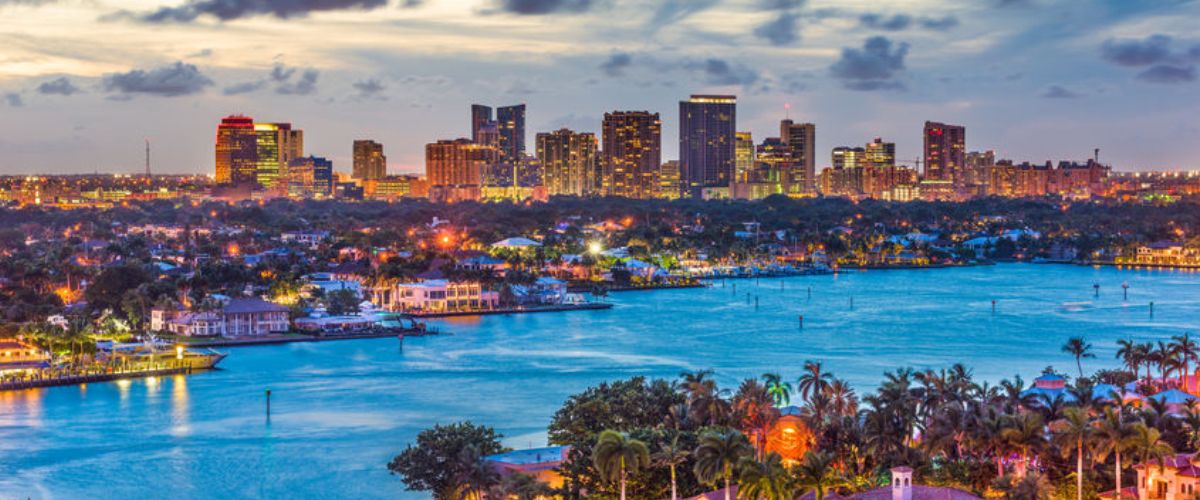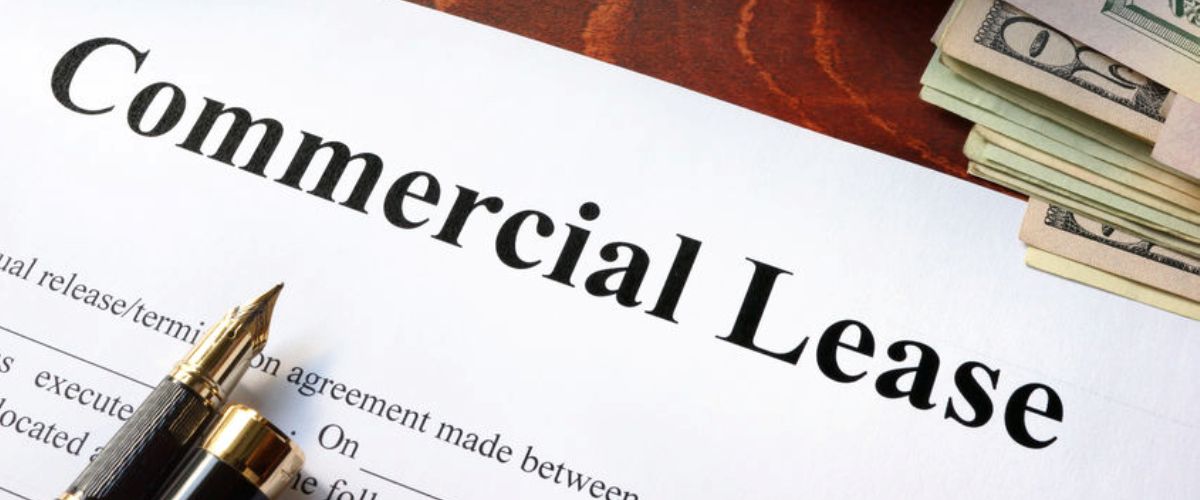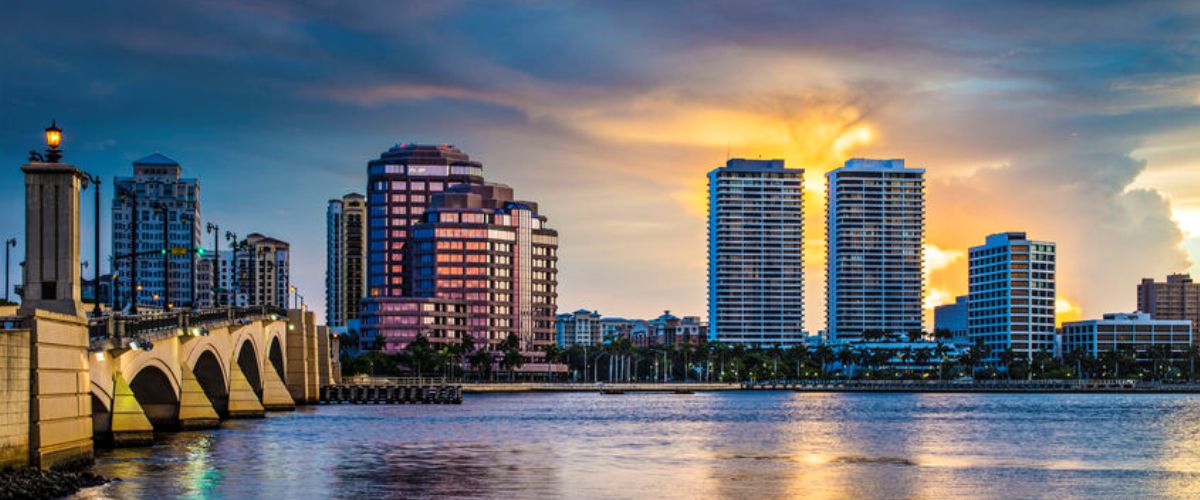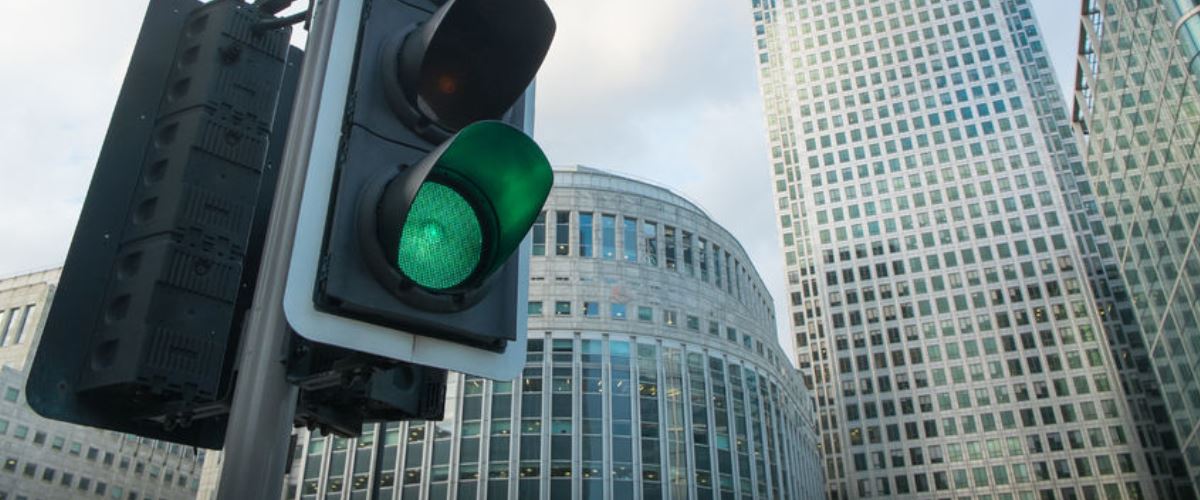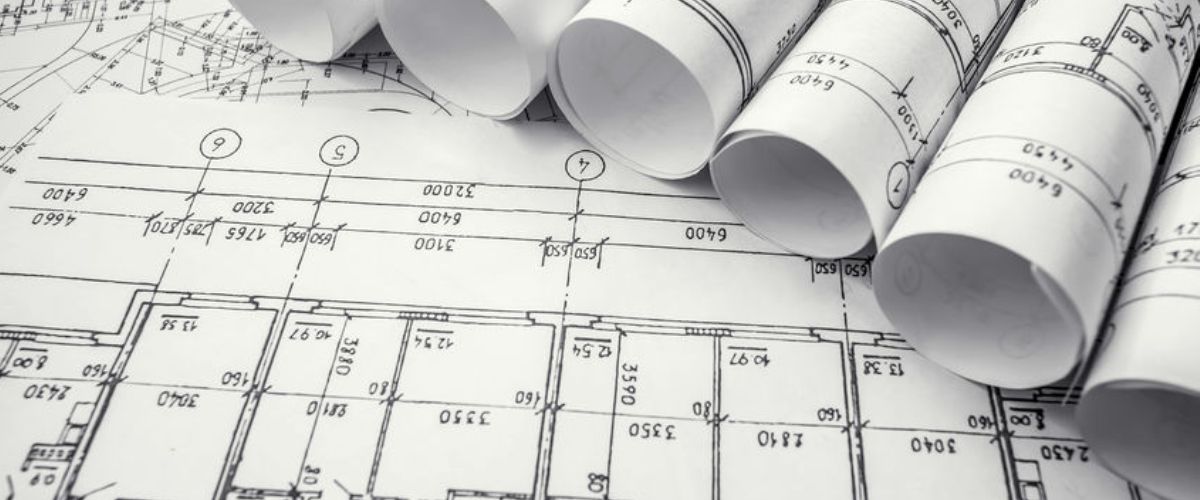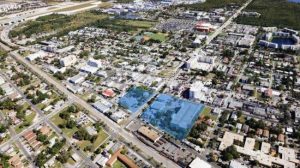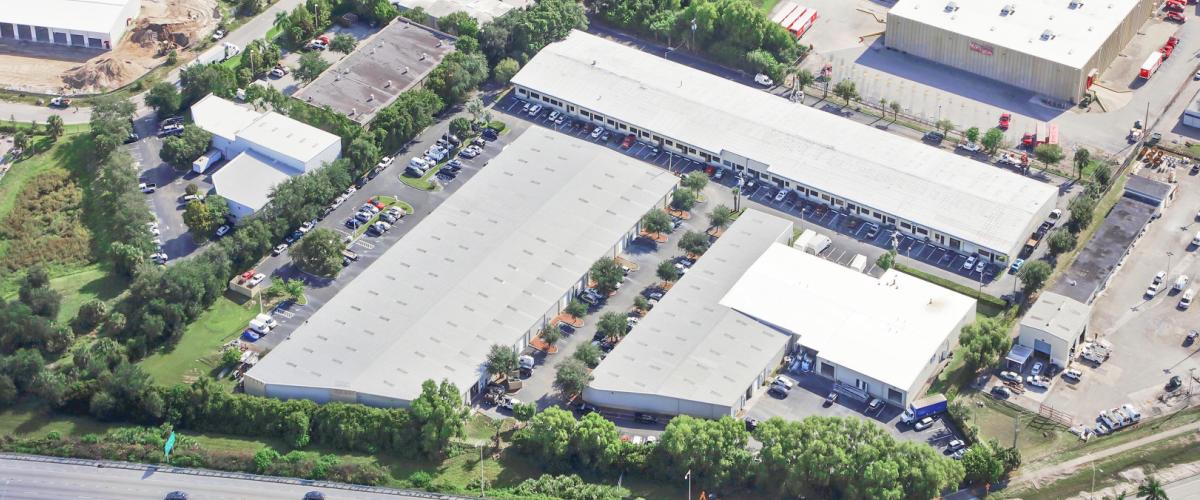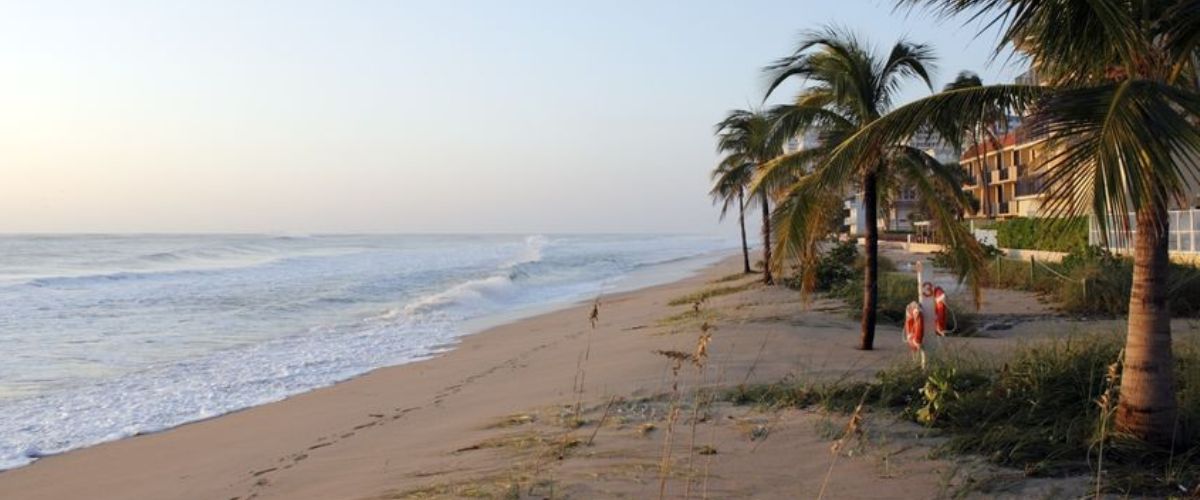Greater Fort Lauderdale is in the midst of a development boom.
With Virgin Trains opening up the South Florida corridor, high-profile celebrity projects underway and dozens of cranes dotting the region’s skyline, Greater Fort Lauderdale has captured the national spotlight.
The latest jobs data clearly showed the strength of the Broward County region with a 2.8% unemployment rate in April 2019. The jobless rate was 0.5 percentage points lower than the region’s year ago rate of 3.3%. Non-agricultural employment increased by 16,400 jobs (+1.9%) over the year, with an employment of 867,000 in the Ft. Lauderdale-Pompano Beach-Deerfield Beach MSA (Broward County).
The Ft. Lauderdale-Pompano Beach-Deerfield Beach Metro Division had the highest annual job growth compared to all the metro areas in the state in other services (+2,200 jobs) in April 2019.
The industries gaining in jobs over the year were: Professional and Business services (+5,400 jobs); Education and Health Services (+5,200 jobs); ; Financial Activities (+1,300 jobs); Construction (+1,200 jobs); Trade, Transportation, and Utilities (+800 jobs); Manufacturing (+600 jobs); and Leisure and Hospitality (+300 jobs). The industry that lost jobs over the year was Government (-600 jobs). The information industry was unchanged over the year.
GlobeSt.com recently turned to Bob Swindell, president of the Greater Fort Lauderdale Alliance, to discuss the factors that have been driving job growth in the region and Broward County’s rapid transformation from beach town to boomtown.
GlobeSt.com: What does the launch of Brightline (now Virgin Trains) mean for Greater Fort Lauderdale and how has it impacted real estate development?
Swindell: There’s no question that Virgin Trains is a game-changer for our region. The high-speed real has unlocked Miami, Fort Lauderdale and West Palm Beach by connecting a combined population of more than 6 million, giving the 200+ Broward-based corporate headquarters access to a deeper talent pool than ever before.
Late last year, the Alliance conducted an analysis of the activity that has occurred along Brightline’s route since the train was announced and found that millions in corporate investment have already been made within a one-mile radius of the Fort Lauderdale station. Much more is on the way now that the Fort Lauderdale City Commission and the Broward County Commission recently voted to move forward with the development of a joint governmental campus, co-locating city and county Halls in one facility. The new government building will be located across the tracks from the train terminal on a site currently occupied by the Main Bus Terminal on Broward Boulevard.
The marquee project in the area is Traina and BH3’s FAT City (Flagler Arts and Technology) which is estimated to encompass 1.4 million square feet of mixed-use space that will foster Broward’s growing urban community of artists, technology businesses and young professionals.
This new level of mobility and the development it has spawned has been a major selling point in retaining and attracting the skilled, high-paying jobs that are propelling our economy forward.
GlobeSt.com: What other new projects are rising in the area?
Swindell: The bulk of new development in the region is taking shape in downtown Fort Lauderdale where the population has grown by 30% as new apartments and condos rise. There’s PMG Group’s redevelopment of Las Olas Riverfront, a mixed-use project that will consist of “social living” rental communities that combine residences with coworking space as well as a public plaza featuring restaurants and nightlife. Also set for completion by end of 2019 is Skanska’s $49.3-million renovation and revitalization of Las Olas Boulevard. Once complete, Fort Lauderdale’s most popular thoroughfare will have a brand new 670-space parking lot, a beachfront park, a new canopy, public spaces and interactive water features that will enhance the pedestrian experience. Stiles Corporation’s The Main Las Olas, a 25-story office building and 27-story residential tower, will span an entire city block bordering East Las Olas Boulevard and Southeast Third Avenue.
More growth is on the way, with approximately 6.2 million square feet of multifamily, office, retail and hotel construction either under development or in the pipeline within Broward’s urban core.
GlobeSt.com: What does the exposure from globally recognized names like Richard Branson and David Beckham mean for the Broward brand?
Swindell: Richard Branson turned heads when he launched the first-ever adults-only cruise line from a Plantation-based headquarters in early 2018 and then doubled down on the region by investing heavily in Brightline, which is being rebranded to Virgin Trains. Soccer legend David Beckham put Broward back on the soccer map when he joined forces with the City of Fort Lauderdale to transform Lockhart Stadium into an 18,000 seat, state-of-art arena for his MLS team.
And let’s not forget about the wave of positive publicity generated from South Florida being shortlisted for Amazon’s HQ2. These are all indicators of Greater Fort Lauderdale’s status as a thriving business and lifestyle destination finally being recognized on the international stage.
GlobeSt.com: How are advancements in infrastructure driving new talent to Greater Fort Lauderdale and supporting job growth?
Swindell: As an economic development organization, we look at the big picture. Recent innovations and investment in infrastructure have been a major step forward in creating the type of walkable, mixed-use environments that put our region on a path for long-term growth and success.
This urbanization of Broward County is helping us attract the type of young, skilled talent that draws the attention of global brands and moves the needle where it matters most: jobs. The Greater Fort Lauderdale area added more than 14,000 jobs year-over year in 2018 and continues to be a leader in the state in terms of job creation. With Broward County projected to gain 900,00 new residents by 2030, the region isn’t slowing down anytime soon.
Source: GlobeSt.

